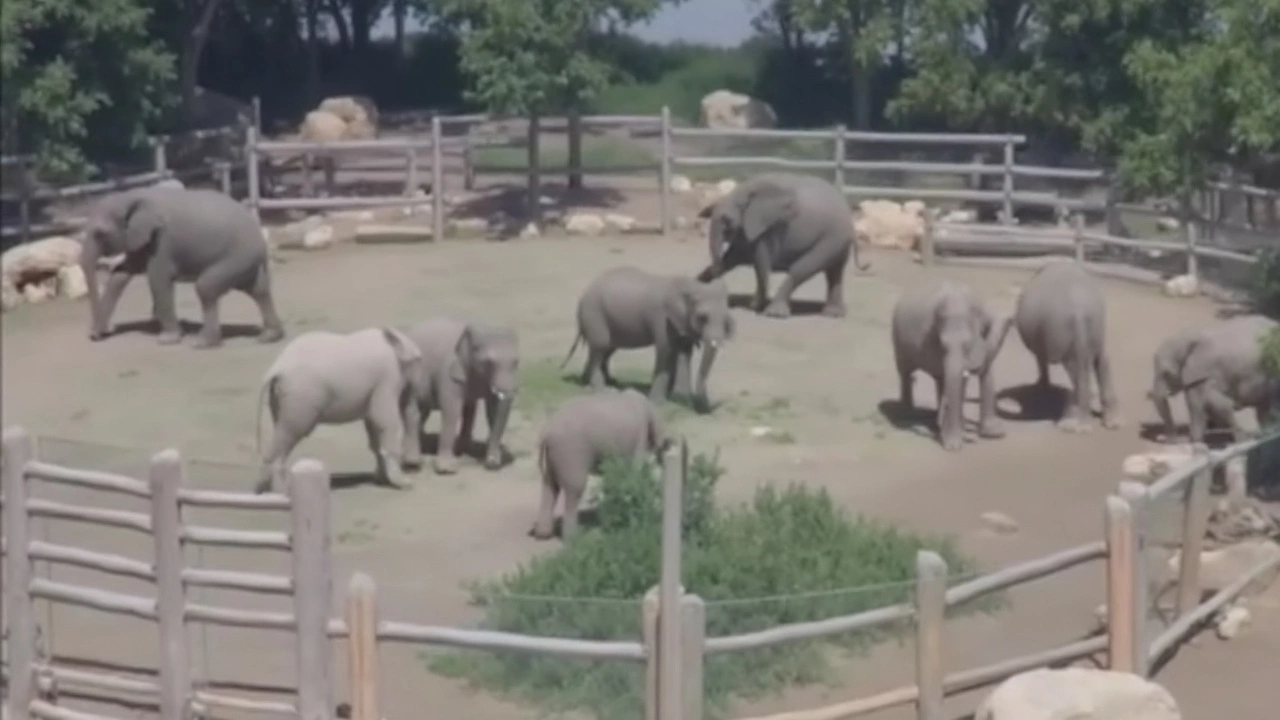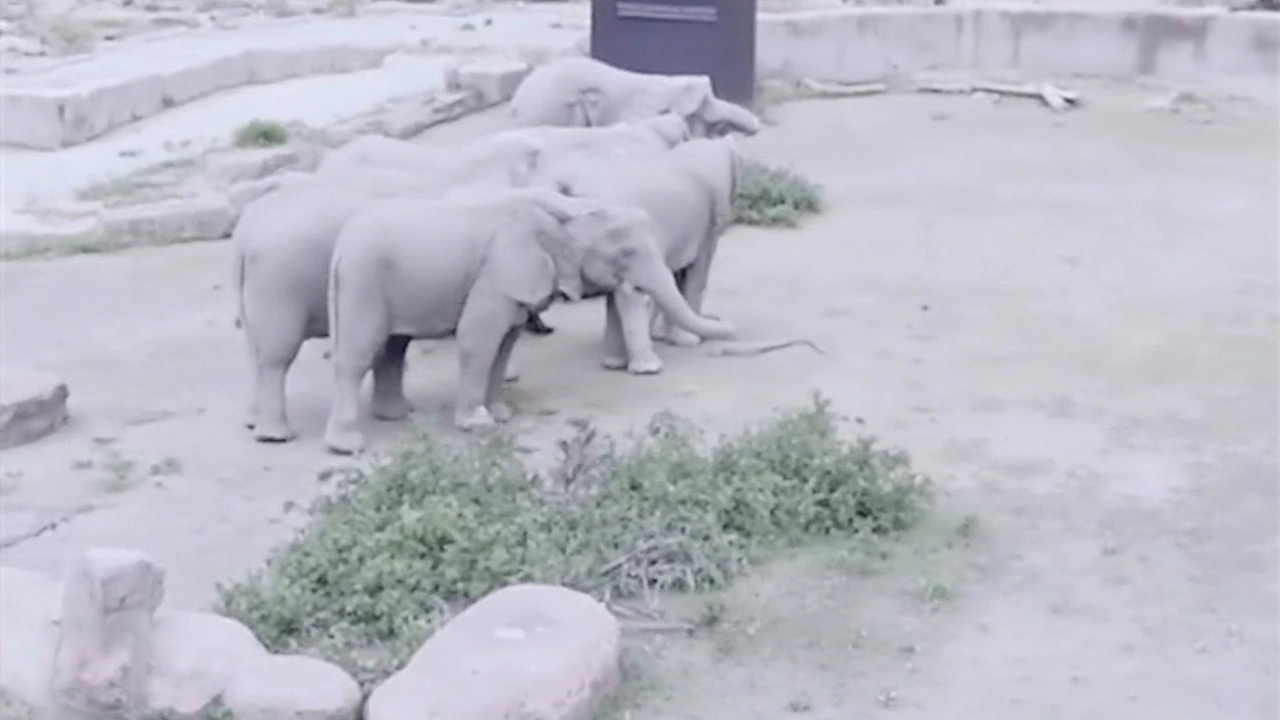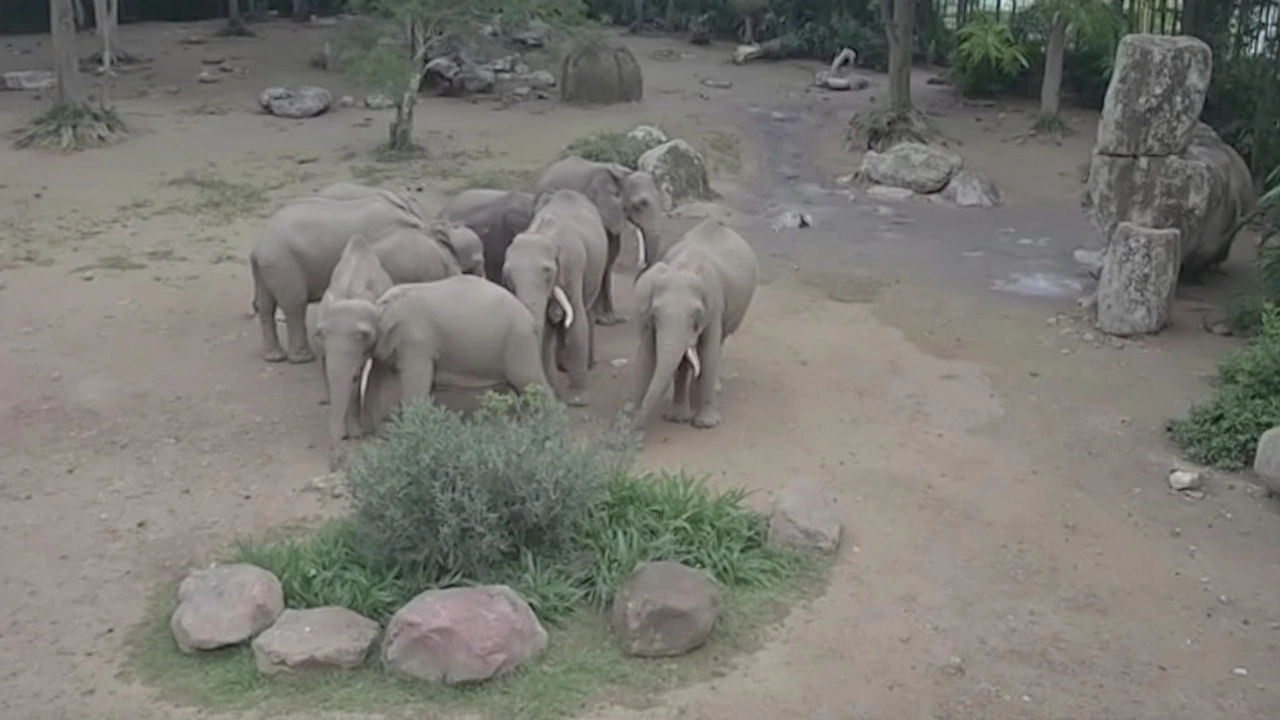Elephants Display Remarkable Instincts During Earthquake
On April 15, 2025, a 5.2 magnitude earthquake shook Southern California, delivering quite the jolt to the residents within and around the area — including a herd of African elephants at the San Diego Zoo Safari Park. About 33 miles from the quake's epicenter near Julian, these giants executed a stunning display of protective instinct by forming an 'alert circle' around their calves.
The adults involved in this remarkable act were 35-year-old Ndlula, 35-year-old Umngani, and 18-year-old Khosi. At the heart of their careful formation were 7-year-old calves, Zuli and Mkhaya. This circle wasn't just a random grouping but a strategic move instinctively honed by elephants to safeguard their young from various perceived threats — be they lurking predators or, in this instance, the tremors of the Earth.
The zoo cameras captured the entire episode, offering fascinating insight into the elephants’ social dynamics and quick reactions to potential danger. Curator Mindy Albright elaborates on how elephants can communicate and detect threats through infrasonic vibrations and then respond by creating a barrier around their vulnerable ones. It seems that Zuli felt a tinge of bravery, initially positioning himself at the circle's edge, but Khosi, ever so vigilant, was there to nudge him back into the safety of their formation, emphasizing both the structure and the discipline within the herd.

Minding the Circle: Elephants and Their Natural Social Strategies
This wasn’t the first time these elephants have reacted in such a manner during a seismic event. A similar reaction was documented during the 2010 Baja California earthquake, demonstrating the consistency of this behavior both in wild elephants and their zoo-dwelling counterparts. Elephants, much like us, have developed these survival strategies over countless generations, and their adaptability is a wonder to behold in the wild and in captivity.
In elephant societies, the role of the matriarch is pivotal. Older females typically lead and decide how the herd behaves in response to both immediate and ongoing challenges. Although these elephants live within the structured safety of a zoo, their responses mirror that of wild herds facing real predatory threats, such as lions or crocodiles, underlining the powerful pull of their ancestry and natural instincts.
Once they confirmed the absence of danger after about four minutes, the elephants unfolded from their protective stance, melting back into their day-to-day routines. Through these episodes, not only do we witness the magic of nature’s designs, but we also gain fresh insights into the timeless social ties that bind animal communities, reinforcing the essential role of education and observation in wildlife conservation.


